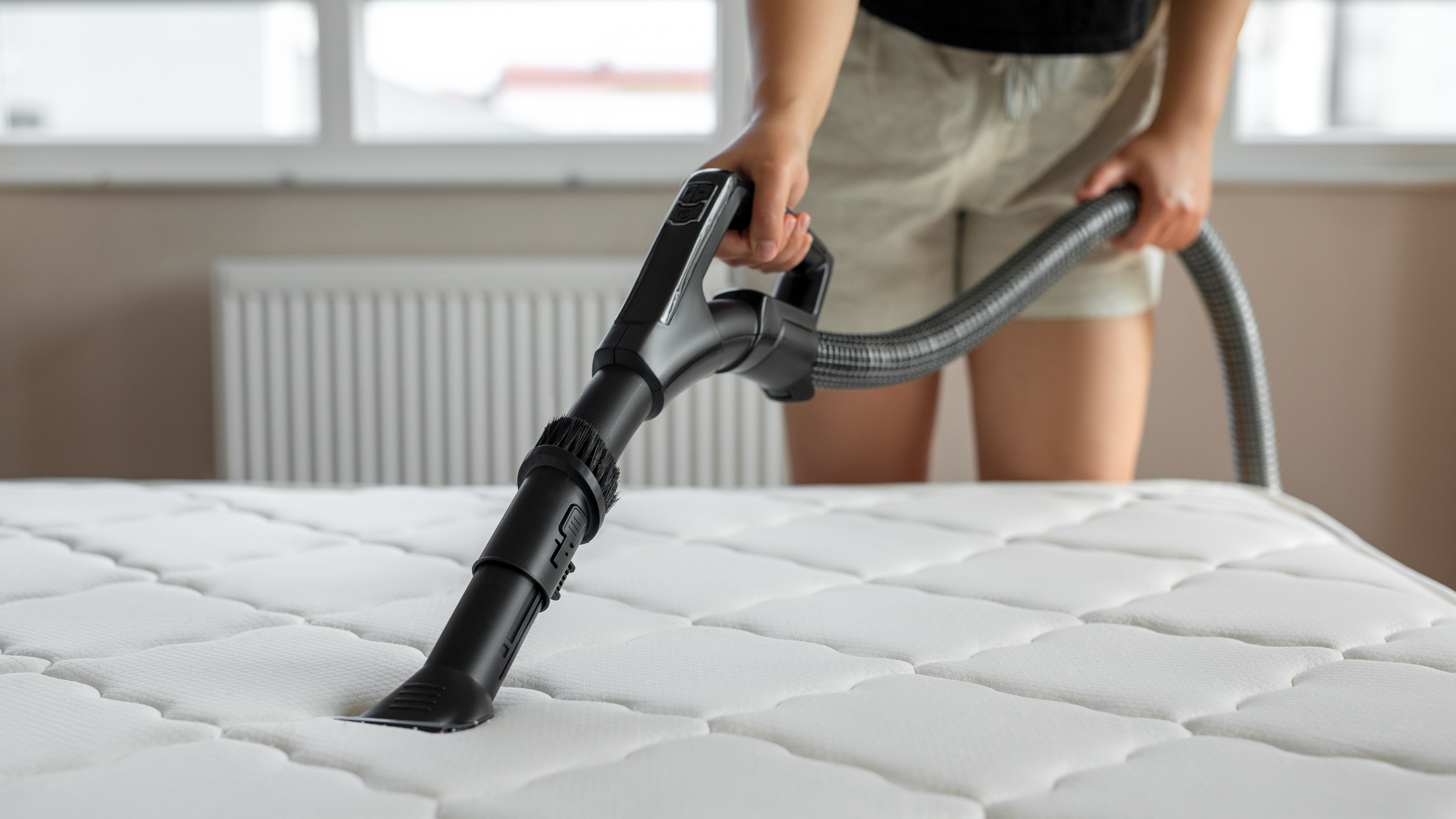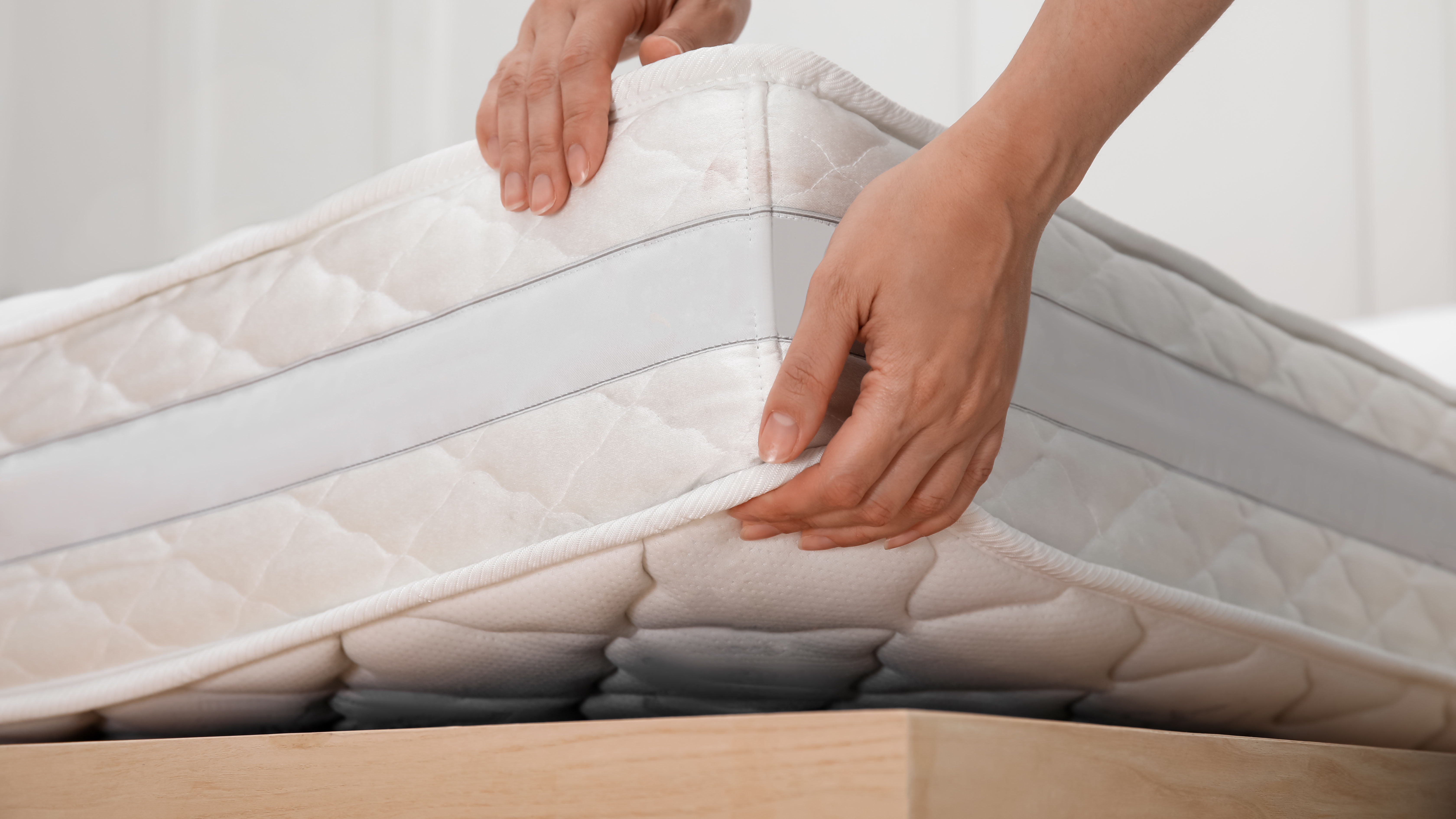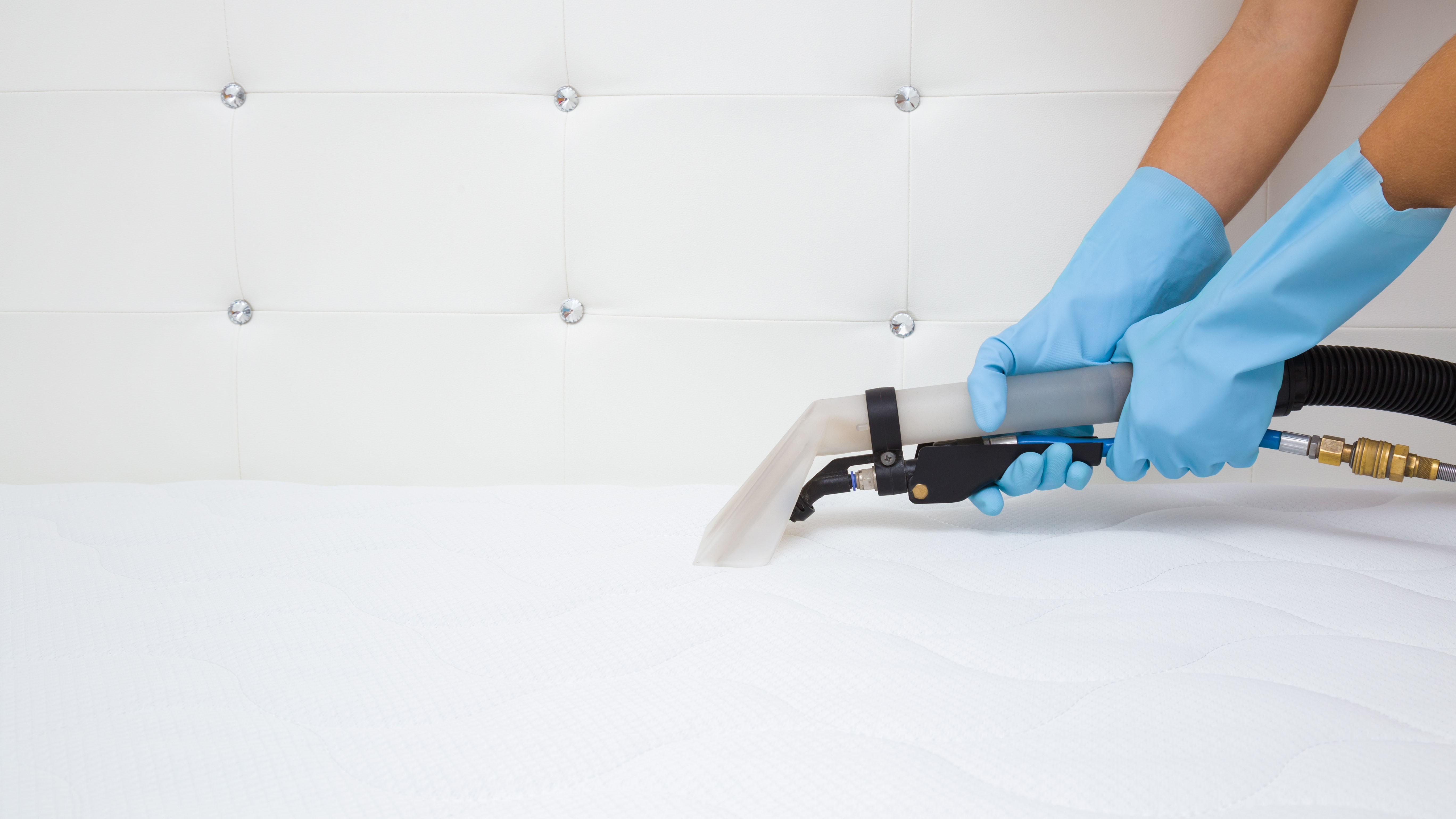
While investing in the best mattress for comfort, support and durability will limit the amount of times you’ll need to replace your bed, there are a lot of ways to care for both your current (and future) mattress to expand its lifespan — but where do you start?
Luckily, Lydia Lloyd, M&S Home's homeware textiles designer, is here to answer the most common questions about caring for mattresses. From whether you should invest in a mattress topper or a mattress protector, to whether beds need to breathe, here the homeware expert answers the most common questions about mattress care.
1. Should you flip your mattress?
Flipping your mattress just means turning it over so you’re sleeping on the side that once faced downwards. People often flip their mattresses to avoid one side being damaged or indented due to overuse. However, as Lloyd explains, only some types of mattresses need to be flipped.
“In general, sprung mattresses should be rotated and turned weekly for the first three months, then once every three to four months as this helps the filling to settle,” the homeware expert says. “Not only that, but it means general wear and tear will be distributed across the mattress evenly.”

She warns that memory foam beds, on the other hand, should be treated differently. “Memory foam mattresses are commonly designed for only one side to be slept on and, therefore, should not be turned.” she advises. “Instead, make sure to rotate these end-to-end every few weeks to allow the mattress to wear evenly.”
Rotating your mattress requires less heavy lifting than flipping, as you just need to turn it 180 degrees while it's still lying flat, rather than having to turn it completely over.
2. Do mattresses need to breathe?
We’ve always been told to make our bed so our bedrooms look neat and tidy, but this may actually be doing more harm than good. Lloyd explains that making your bed fully prevents the mattress from breathing. “While it can be tempting to make your bed straight away, it’s recommended to let your mattress and bedding breathe in between use, as this helps to reduce the chance of dust mites.”
However, your bed doesn’t have to look untidy all day — just 30 minutes — and the washing machine can do the rest of the work. “To let the bed air, throw your duvet back for half an hour each morning so that any moisture or natural build-up of allergens disperse,” suggests Lloyd. “It’s also recommended to change and wash your bedsheets weekly on a hot wash over 60 degrees to kill any bacteria.”
3. Can you clean a mattress?
Yes, and apparently we’re not doing it enough. Lloyd says you should clean your mattress every six months, and you can even use the change in seasons as your guide – we explain this more in our step-by-step guide on how to clean a mattress.
But how do you clean it? The homeware textiles expert suggests start with a good vacuum. “Use an upholstery attachment on your vacuum to go over the entire mattress, making sure to not forget the sides,” she says. “Pay extra attention to the seams and use the smaller attachment to get any hidden dirt.”

Next up is cleaning, and tackling one stain at a time is the best method to use. “It’s important to make sure you’re not soaking your mattress with water as certain mattresses, like memory foam mattresses, are not designed to get wet. Instead, use a spot-cleaning approach and blot marks with a stain-removal solution.”
4. Do you need a mattress protector and topper?
You’ve probably heard about protecting the surface of your mattress by investing in a good bed topper or mattress protector, but are they worth it? According to Lloyd, they are worth it if you want to keep your mattress in good condition.
“Sit a mattress protector on top of the mattress, but beneath the bed sheets, to help protect it from spills, dirt, moisture and other general wear and tear,” she advises. “Layer with a fitted sheet to keep dust at bay, to help keep the area clean.”
As for mattress toppers, Lloyd says using a fresh one is key: “It’s important to make sure to replace your mattress topper every one to two years, to help your mattress last longer.”
5. How do you repair a mattress?
While there are some quick ways to make your mattress softer, firmer or less saggy, these are just quick-fix stop gaps. In fact, Lloyd says if your mattress needs repairing and you’re in a position to buy a new one, you should take it as a sign that it’s time to replace it.
“If you’re waking up achy, you find yourself rolling into the centre of the mattress or it’s making a noise, it might be time to consider changing,” she says. "Whether you have a king size mattress, double or single mattress, aim to replace it every six to eight years, to make sure it’s offering the best support.”







